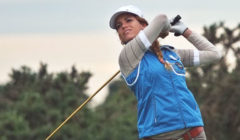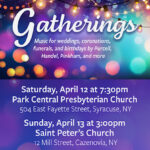Plotting That New Course
Here are some facts, not alternative facts, about golf. Most golf guidebooks recommend using a longer club when hitting uphill, in humidity, over water, over long distances or for any combination of these conditions. A golfer’s strength and self-awareness are subjective qualities that should guide club selection and golf course selection; we in Central New York are fortunate to have many nice courses including, for those who like a walk in the park, Burnet and Sunnycrest Golf Courses in the City of Syracuse.
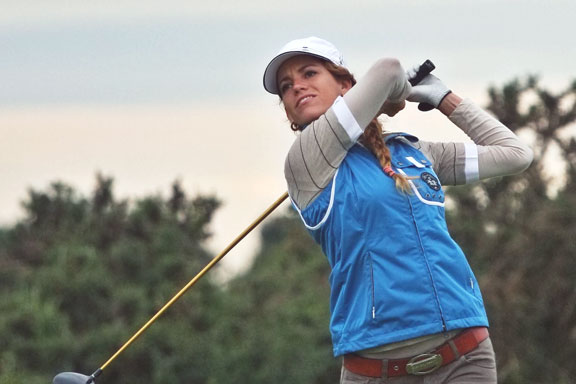
In Central New York we have many nice golf courses including, for those who like a walk in the park, Burnet and Sunnycrest Golf Courses in the City of Syracuse.
All my life, I’ve had zero interest in golf. Then, on impulse, I decided to try to hit golf balls at a driving range to improve my hand eye coordination and I hoped, improve my brain function. A golf pro watching me not hit golf balls suggested he could help me hit some so I took a couple lessons and then took myself to a golf course, still, only to improve my physical coordination, not to play golf itself.
It was after needing physical therapy years before that I first learned that my right side is weaker than the left likely due to an old head injury of which I was not aware and for which my body had been compensating. Fortunately, I had unintentionally but steadily been improving my mind body coordination through yoga and the repetitive bilateral motion of cross country skiing and inline skating. Research suggests that bilateral motion improves brain connectivity and balance. There are studies that link bipolar disorder with by physical balance problems.
In my late 1960’s high school biology class, I learned about neurons and synapses; any mention that physical movement improved cognitive brain function apparently escaped me. Did my teachers know? Today we’re lucky that doctors, science publications and AARP keep telling and reminding us that diet, exercise, and ongoing learning prevent dementia.
Dementia, a scary word whose second definition, insanity, once conjured up images of axe murderers and Bette Davis as Baby Jane, is now more commonly used to describe normal or abnormal loss of cognitive function.
Dementia is still a scary word.
Golf exercises the mind.
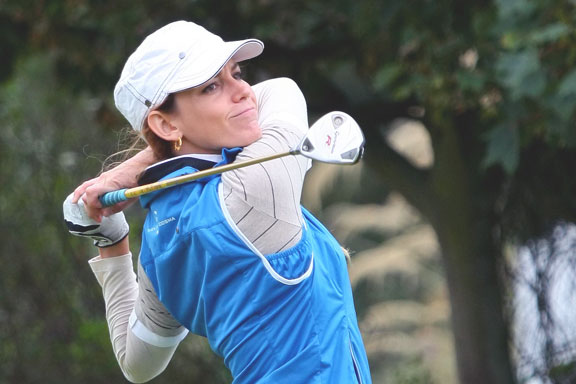
Thinking about health and healthcare while I’m golfing never improves my golf, but golf can improve one’s thinking about other things.
Golf requires study, concentration and practice amid changing conditions. Golf has many rules, involves etiquette, and sometimes, a change of fashion. I’m surprised to find myself often wearing golf clothes because I am, at heart, a hippie. Like most hippie types, I relate to the underlying vibe of things. I find golf to be both meditative and necessitating meditation. I always try to breathe deeply when I lose a new golf ball, a loss sometimes mitigated by my finding a new ball lost by another.
Golf helps one let go.
I read golf books by women. “Every Shot Must Have a Purpose,” by Pia Nilsson and Lynn Marriott, with a foreword by Annika Sorenstam, addresses the mental game while Kellie Stenzel’s “The Women’s Guide to Golf” provides basic instruction; I have made many of my own notes and sketches in this book’s margins. Still, on the course, I often chip when I should pitch. One thing I always need to remember is that I started golfing as a senior citizen and I’ll never be a consistent powerful golfer. Golfing may however, help my brain to help me.
Memory is important.
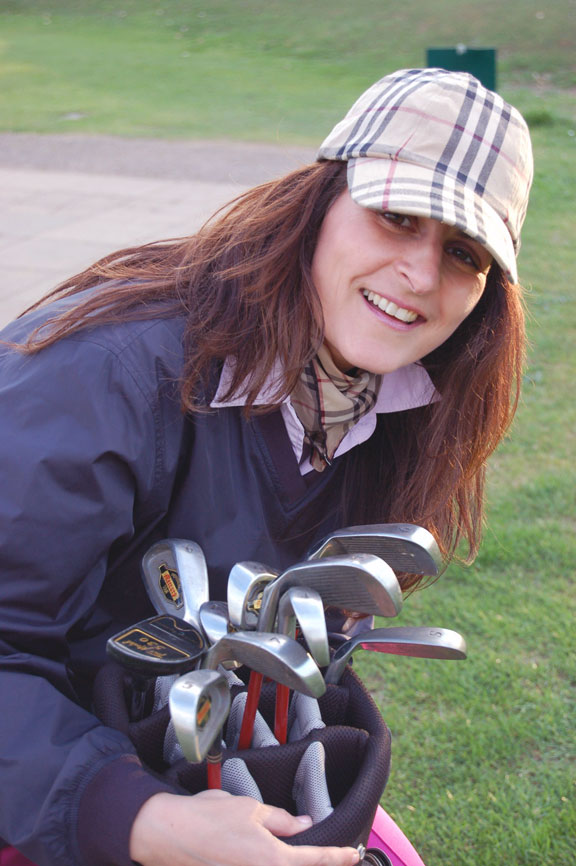
Dementia is still a scary word and Golf exercises the mind. Golf requires study, concentration and practice amid changing conditions.
I try to remember that one should align one’s feet to the clubface after the clubface has been aligned toward the target. The golfer often needs to pick the right target before aligning everything else. Focus and forethought is required. How well anyone focuses on anything involves multiple internal and external factors.
The brain accounts for 2 to 3 percent of an adult’s total body weight while consuming about 25% of a person’s calories. Not all calories are created equal. A healthy brain contains 100 billion neurons within ten thousand interconnecting circuits through which hundreds of neurochemicals jump synapses to create the personalities, thoughts and belief systems that we think of as “us.” Not all the information we’re fed or choose to feed ourselves is necessarily quality stuff.
At home, my Facebook feed sometimes updates me on how many golf games the current president has played since taking office. I wonder: does the president think about peoples’ health while he is trying to birdie a hole? If I think about medical care, or, when I’m hoping to par, think about the president thinking about peoples’ healthcare, I often find that I get to swing, pitch, chip and putt many more times than I’d planned.
Thinking about health and healthcare while I’m golfing never improves my golf, but golf on many levels can improving one’s thinking about other things, or, so I choose to think.

